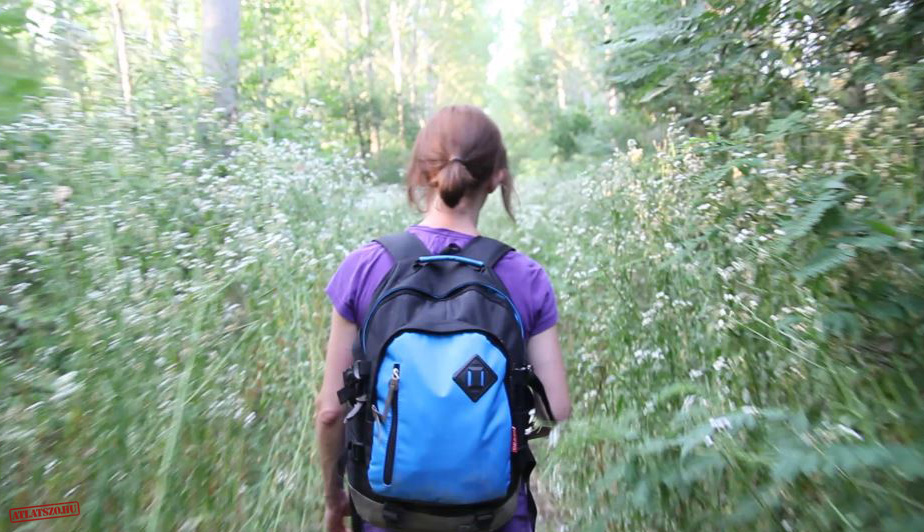The https://english.atlatszo.hu use cookies to track and profile customers such as action tags and pixel tracking on our website to assist our marketing. On our website we use technical, analytical, marketing and preference cookies. These are necessary for our site to work properly and to give us inforamation about how our site is used. See Cookies Policy
Walking the migrant road
Hungary has found itself a key waypoint in an exodus of immigrants, an issue that has become a focal point for intense political debate. Atlatszo.hu decided to take a look at the issue from the perspective of the migrants. We walked across the border to experience the road migrants take and the hardships they endure.
The daily news at the moment is filled with stories of illegal immigration, with a continuous flow of Syrian, Afghani and Balkan refugees and migrants crossing the southern border illegally, causing serious problems for law enforcement as well as stretching the support organisations working in camps which are operating well above full capacity.

The Hungarian government is taking a firm stance in the matter, declaring that these people are only coming to Europe to leech off the established welfare system, and that they are therefore not welcome. Hungary has actually started erecting a fence on its southern border with Serbia, with the simple goal of keeping people out of the country.
Atlatszo.hu has covered the issue extensively with video reports about the arrival of the migrants in the southern Hungarian city of Szeged, the state of affairs in the troubled refugee camps, as well as the efforts Hungarian volunteers are making to help these migrants.
This time we decided to walk in their shoes – which in this case is the 15 kilometers through the forests that the migrants cover when they cross Hungary’s southern border.
We started by following a heavily used path on the Serbian side, which is where most of the transport vehicles drop off the migrants and send them on their way. From here on, they have to travel through forests, dense with undergrowth, dangerous stream crossings, as well as a section where trees seemed to have been deliberately felled across the path to make getting through more difficult. For us, it took the better part of six hours in what was nearly 40 degrees Celsius; we emerged with some cuts and bruises and plenty of mosquito bites.
However, we had the advantage of undertaking our journey during daylight. The migrants, often traveling with children, have to take the same trek during the night, and this terrain must be incomparably more difficult in the dark. Nonetheless, looking at the amount of rubbish and debris, and the official documents and various other items left behind, it is clear that a lot of people are following this route.
On the Serbian side, we encountered nothing resembling border control, though the Hungarian authorities were more vigilant. They did not bother to investigate any rustling in the forest since on one section of the route it is impossible to avoid emerging from between the trees into clear sight. At that point, the police standing in wait can easily detain the migrants. They paid no attention to us, it was clear from our appearance that we were not from Syria or one of the other affected countries.
It is obviously an arduous undertaking in a flight which in total spans thousands of kilometers, but one that is understandable given the life-threatening conditions these people have to face back home.

